The story of Nigel Farage's coat
- Published
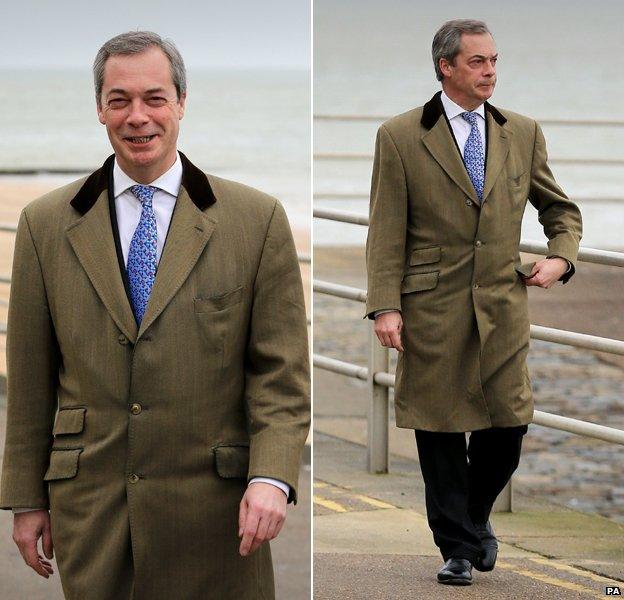
As the general election campaign gets under way in earnest, UKIP leader Nigel Farage is touring the country in a tan-coloured coat. The reality TV personality Joey Essex has said he likes the look of it. But what's the story behind the garment, ask Justin Parkinson and Paul Kerley.
Margaret Thatcher held a handbag. Winston Churchill smoked a cigar. Harold Wilson puffed on a pipe. Politicians keen to distinguish themselves from their peers like a prop.
Arguably the most recognisable of those on show during this election is Nigel Farage's coat. Dark-collared, extending to just above the knee, it's the kind of thing you might expect to see adorning horse owners at race meetings.
The TV presenter Joey Essex, meeting the UKIP leader in Grimsby, external, told him: "I love your coat."
Farage's garment is a variation on the covert coat, invented towards the end of the 19th Century, says Rob Blake, head of marketing at the British clothing manufacturer Crombie.
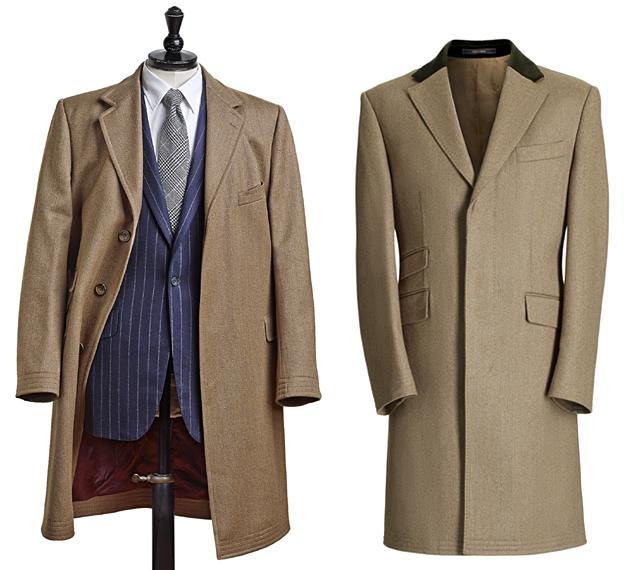
Covert coats by Cordings (L) and Crombie (R) (Copyright: Cordings / Crombie)

Covert coat cloth samples, by Fox Brothers
Named after the French "couvert", meaning covered, it was designed to be worn when riding. From the late 19th Century, it became a staple of gentlemen's wardrobes, external. By the 1920s, the country set wore it at weekends and it became more or less a uniform among the racing fraternity.
Colours vary with tannish and greenish hues most popular. Some experts think the brownish colour was developed so that horse hair would not be visible against the fabric, while others say it was selected to avoid looking sullied by mud and dust.
Design characteristics of the covert coat include a single-breasted fly front, which obscures the buttons, and lines of stitching at the cuff and hem. It usually has a large inside pocket, external, capable of holding a newspaper or a tablet computer. But Farage's is not quite the same as the standard covert, having no fly front or lines of stitching near the cuffs.
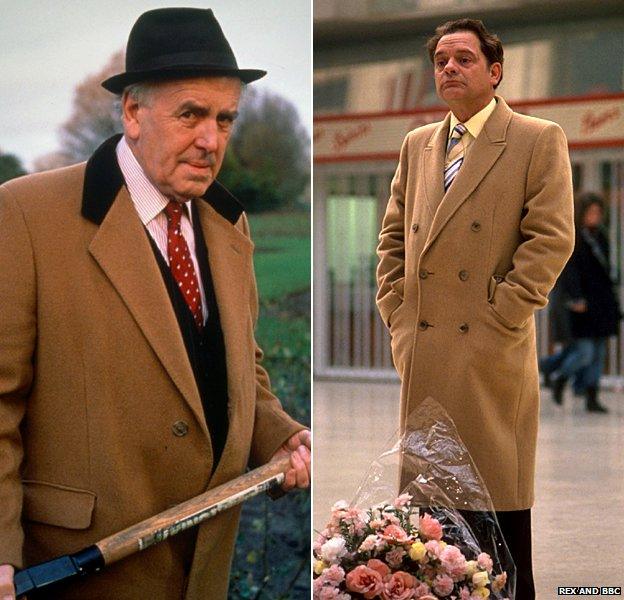
Variants worn by Minder's Arthur Daley and Del Boy of Only Fools and Horses
Is this an attempt not to look too groomed? Not necessarily, says Blake. "It seems to be Nigel Farage's natural coat. It looks a little too tight around the waist and a little too loose everywhere else.

"It's interesting that he doesn't seem to care. You could imagine him forgetting it in the pub or it falling on the floor while he has a pint. Clothing seems to be a means to an end for him."
One quality his coat possesses is "sheer Britishness", argues Blake. "It's the kind of coat you expect him to wear."
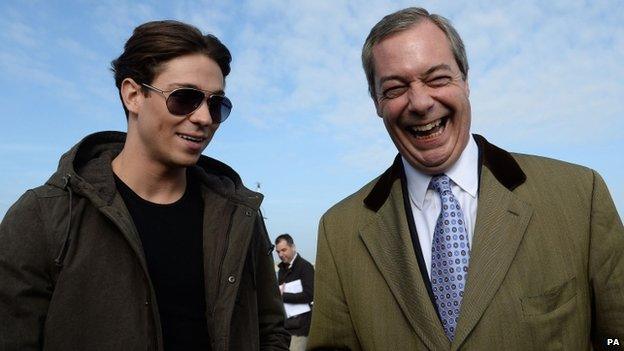
Joey Essex has told Nigel Farage he likes the look of his coat
The pugilistic Marquess of Queensberry was an early covert convert - one sketch drawing from the Illustrated Police News in 1895 shows him wearing one while fighting in the street with his son.
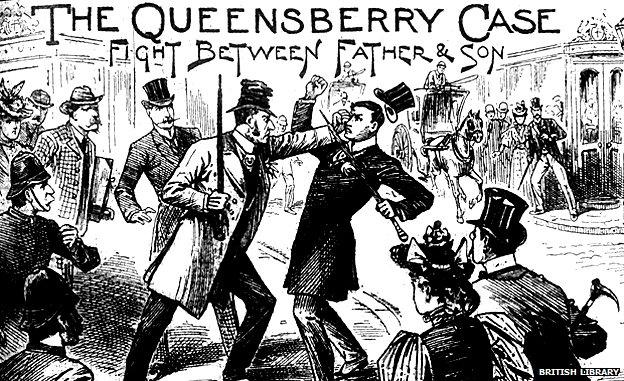
Marquess of Queensbury in the Illustrated Police News, 1895
The covert coat went out of fashion after the 1920s, returning to prominence in the 1950s. In recent decades, variants, as worn by Minder's Arthur Daley and Del Boy of Only Fools and Horses, have become popular. Top-of-the range covert coats sell for thousands of pounds, while blue and grey versions, as worn by Hollywood star Russell Crowe, are available.
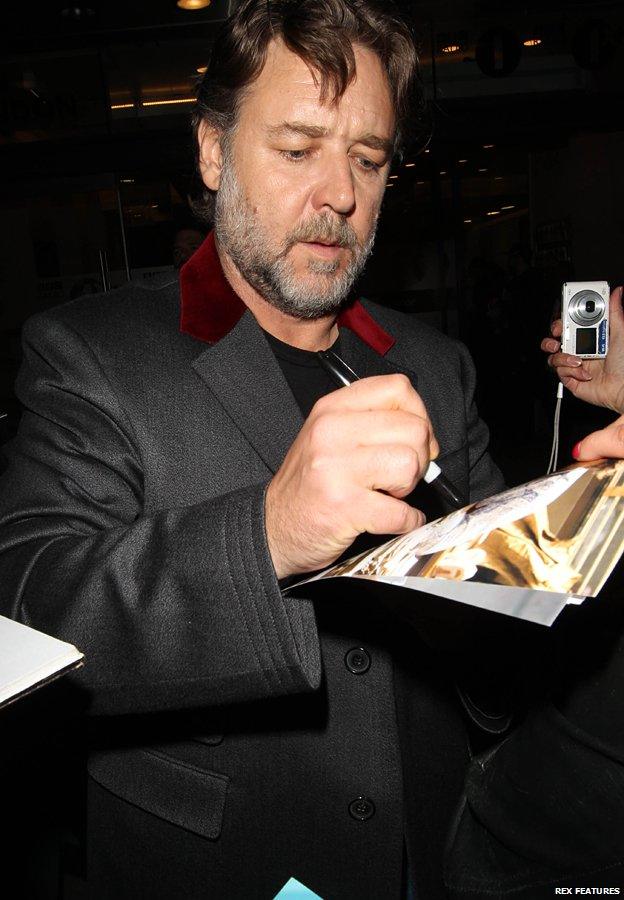
"Crombie-style overcoats were adopted by subcultures such as the skinheads in the late 1960s and in subsequent revivals," says fashion historian Amber Butchart, external. "This brought about an association with working-class men."
One benefit the covert and its imitators provide is warmth. Might Farage's determination to look a little different become more uncomfortable if the next few weeks turn out to be hotter than usual?
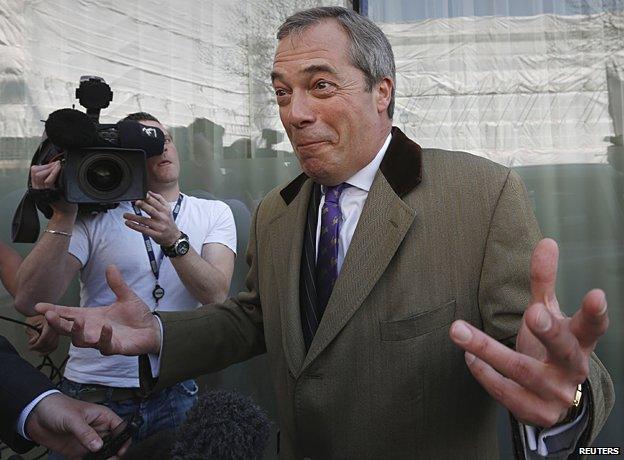
Subscribe to the BBC News Magazine's email newsletter to get articles sent to your inbox